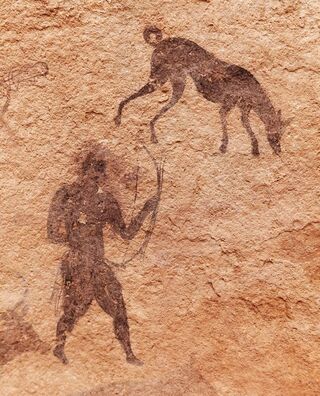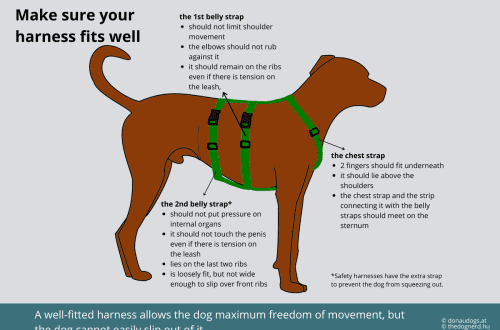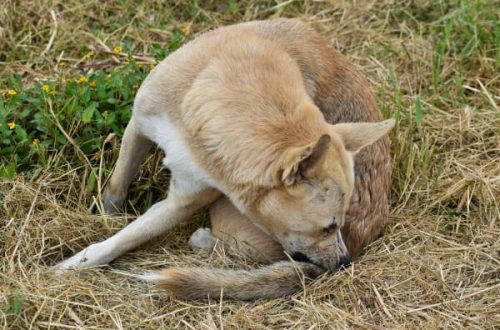
Припитомљавање паса: када је човек припитомио пса
On the rock paintings in Saudi Arabia, dated to the 9th millennium BC. e., you can already see images of a man with a dog. Are these the first drawings and what are the theories about the origin of pets?
As with the history of cat domestication, there is still no consensus on when dogs were domesticated and how it happened. Just as there is no reliable data on the ancestors of modern dogs.
Садржај
Birthplace of the first domestic dogs
Experts cannot determine the specific location of dog domestication, since it happened everywhere. The remains of dogs near human sites are found in many parts of the world.
For example, in 1975, paleontologist N. D. Ovodov discovered the remains of a domestic dog in Siberia near the Altai Mountains. The age of these remains is estimated at 33-34 thousand years. In the Czech Republic, remains were found that are more than 24 thousand years old.
Origin of the modern dog
Historians define two theories of the origin of pets – monophyletic and polyphyletic. Proponents of the monophyletic theory are sure that the dog originated from a wild wolf. The main argument of supporters of this theory is that the structure of the skull and the appearance of dogs of many breeds have many similarities with wolves.
The polyphyletic theory says that dogs appeared as a result of crossing wolves with coyotes, jackals or foxes. Some experts are leaning towards the origin of certain types of jackals.
There is also an average version: the Austrian scientist Konrad Lorenz published a monograph stating that dogs are descended from both wolves and jackals. According to the zoologist, all breeds can be divided into “wolf” and “jackals”.
Charles Darwin believed that it was wolves that became the progenitors of dogs. In his work “The Origin of Species”, he wrote: “The selection of them [dogs] was carried out according to the artificial principle, the key force of selection was people who abducted wolf cubs from the den and then tamed them.”
The domestication of the wild ancestors of dogs influenced not only their behavior, but also their appearance. For example, people most often wanted to keep the position of the animal’s ears hanging, like in puppies, and therefore chose more infantile individuals.
Living next to a person also influenced the color of the eyes of dogs. Predators usually have light eyes as they hunt at night. The animal, being next to a person, most often led a daytime lifestyle, which led to a darkening of the iris. Some scientists explain the variety of breeds of modern dogs by closely related crossing and further selection by humans.
History of dog domestication
In the question of how the dog was domesticated, experts also have two hypotheses. According to the first, man simply tamed the wolf, and according to the second, he domesticated it.
At the beginning of the twentieth century, scientists believed that at some point a person took wolf cubs to his home, for example, from a dead she-wolf, tamed and raised them. But modern experts are more inclined towards the second theory – the theory of self-domestication. According to her, animals independently began to nail to the sites of primitive people. For example, these could be individuals rejected by the pack. They needed not only not to attack a person, but also to gain trust in order to live side by side with him.
Thus, according to modern theories, the dog tamed itself. This once again confirms that it is the dog that is the true friend of man.
Погледајте такође:
- Колико раса паса постоји?
- Особине и карактеристике карактера паса – за седам класа раса
- Пасја генетика: Нутригеномика и моћ епигенетике
- Живописни примери лојалности паса





